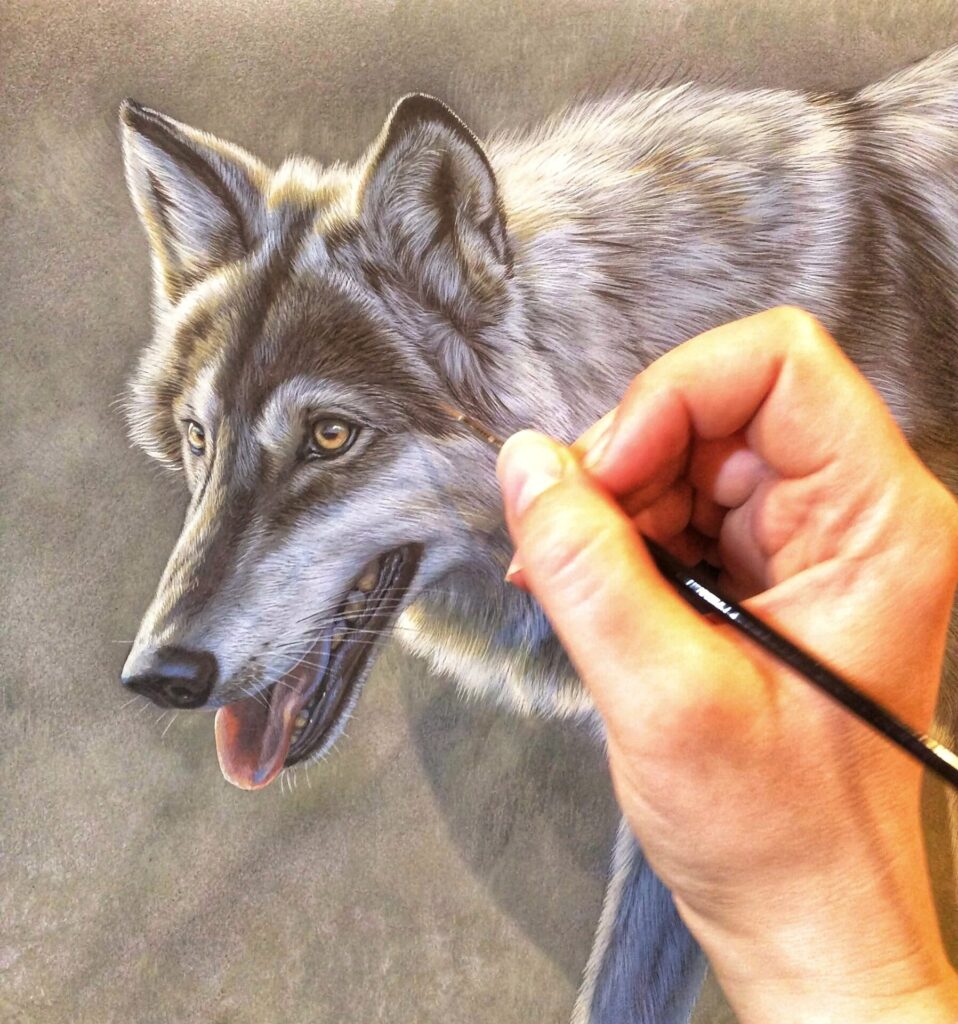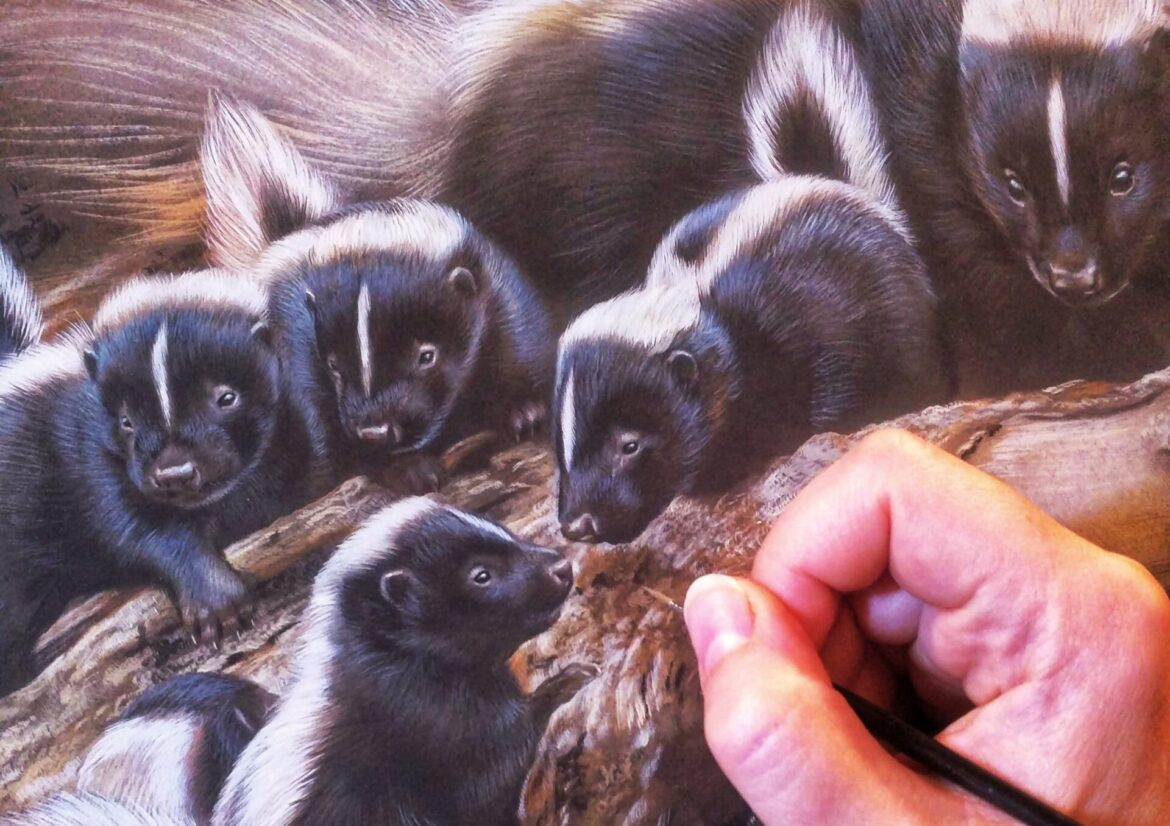Welcome to an enlightening exploration of the captivating world of art. In this post, we will delve into the profound ways in which art can stimulate intellectual curiosity and foster intellectual growth. Beyond its aesthetic appeal, art serves as a powerful tool for expanding our minds and enhancing our critical thinking skills. Join me as we embark on a narrative-driven journey of visual exploration, uncovering the intellectual benefits that art offers along the way.
Imagine standing before a masterpiece, your eyes drawn to the intricate details and vibrant colors that dance across the canvas. As you immerse yourself in the artwork, you begin to unravel the artist’s intentions, deciphering the symbolism and contemplating the deeper meanings hidden within. This process of observation, analysis, and interpretation is just the beginning of the intellectual journey that art invites us to embark upon.
Art challenges us to think critically, to question the status quo, and to explore alternative perspectives. It encourages us to push the boundaries of our imagination and embrace creative problem-solving. When faced with unconventional artworks that defy traditional norms, we are prompted to think outside the box, to consider new possibilities, and to find innovative solutions. Through art, we cultivate our ability to approach problems from different angles, fostering a mindset that embraces curiosity and embraces the unknown.
Art is a language that transcends words, allowing us to explore complex ideas and emotions that may be difficult to express otherwise. It serves as a mirror reflecting the human experience, cultural diversity, and societal issues. By engaging with art, we gain a deeper understanding of the world around us, broadening our perspectives and nurturing empathy. Art becomes a catalyst for thought-provoking conversations, encouraging us to delve into nuanced concepts and engage in meaningful dialogue.
To fully benefit from the intellectual stimulation that art offers, active engagement is crucial. Rather than passively observing, we can actively participate in the art-viewing experience. By asking questions, researching the artist’s background, and seeking different interpretations, we unlock new layers of understanding. This active engagement cultivates a habit of curiosity, propelling us to explore further and seek knowledge beyond the surface.
Art is a vast realm, encompassing a myriad of styles, movements, and mediums. From classical masterpieces to contemporary installations, each artistic expression offers a unique lens through which we can explore the world. By embracing diverse artistic styles, we expand our intellectual horizons, gaining insights into different time periods, cultures, and societal contexts. This exposure to diverse art forms enriches our understanding and appreciation of the complexity and richness of artistic expression.

So, let us embark on this journey of visual exploration, where art becomes a gateway to intellectual stimulation and growth. By engaging with art, we sharpen our analytical skills, encourage creative problem-solving, and foster a deeper understanding of complex ideas. Through active engagement and exploration of diverse artistic styles, we expand our intellectual horizons and cultivate a lifelong habit of curiosity. Together, let us unlock the transformative power of art and embark on a narrative-driven adventure that will enrich our intellectual lives.
Sharpening Analytical Skills
Art invites us to observe, analyze, and interpret. When we engage with art, we develop our analytical skills by carefully examining the elements, composition, and techniques employed by the artist. For example, when looking at a painting, we may analyze the use of color, brushstrokes, and perspective to understand the artist’s intentions and the overall message conveyed. This process of observation and analysis trains our minds to pay attention to details and make connections between visual elements and deeper meanings. It encourages us to think critically and develop our ability to interpret and evaluate information.
Encouraging Creative Problem-Solving
Art is a realm of endless possibilities and creative expression. When we encounter artworks that push boundaries or challenge traditional norms, we are prompted to think outside the box and explore alternative perspectives. For instance, when faced with a sculpture that defies conventional forms, we are encouraged to question our preconceived notions of what art should look like. This process of questioning and exploring different viewpoints nurtures our creative problem-solving skills. It teaches us to approach problems from different angles, consider unconventional solutions, and embrace the power of imagination.
Fostering a Deeper Understanding of Complex Ideas
Art has the power to convey complex ideas and emotions that may be difficult to express through words alone. By immersing ourselves in art, we gain a deeper understanding of the human experience, cultural diversity, and societal issues. For example, a thought-provoking photograph capturing a social injustice can evoke empathy and prompt us to reflect on the underlying causes and potential solutions. Art can serve as a catalyst for thought-provoking conversations and encourage us to explore nuanced concepts that may otherwise be elusive. It broadens our perspectives and helps us develop a more empathetic and informed worldview.
Active Engagement with Art
To fully benefit from the intellectual stimulation that art offers, active engagement is key. Instead of passively observing, we can actively participate in the art-viewing experience. This can involve asking questions, researching the artist’s background, and seeking different interpretations. By actively engaging with art, we cultivate a habit of curiosity and develop a thirst for knowledge. For instance, attending artist talks or gallery tours allows us to interact with experts and gain insights into the artistic process. Actively engaging with art not only enhances our understanding but also encourages us to think critically and form our own opinions.
Embracing Diverse Artistic Styles and Movements
Art encompasses a vast array of styles and movements, each with its own unique characteristics and historical context. By exploring different artistic styles, from classical to contemporary, we expose ourselves to a diverse range of ideas and perspectives. For example, studying the works of Renaissance masters like Leonardo da Vinci and Michelangelo can provide insights into the cultural and intellectual climate of that era. Similarly, exploring contemporary art movements like Pop Art or Street Art allows us to engage with current social and cultural issues. This exposure broadens our intellectual horizons and encourages us to appreciate the richness and complexity of artistic expression across different time periods and cultures.
Seeking Art in Various Forms
Art is not limited to paintings hanging on gallery walls. It can be found in sculptures, installations, photography, digital art, and more. By seeking art in various forms, we expand our understanding of what art can be and open ourselves up to new experiences. Each medium offers its own set of challenges and opportunities for intellectual growth. For example, engaging with interactive installations encourages us to explore the relationship between art and audience participation. Exploring digital art introduces us to new technologies and their impact on artistic expression. By embracing diverse art forms, we broaden our intellectual horizons and develop a more comprehensive understanding of the ever-evolving world of art.
Conclusion
Art is a gateway to intellectual stimulation and growth. By engaging with art, we sharpen our analytical skills, encourage creative problem-solving, and foster a deeper understanding of complex ideas. Through active engagement and exploration of diverse artistic styles, we expand our intellectual horizons and cultivate a lifelong habit of curiosity. So, let us embrace the power of art to expand our minds and embark on a journey of visual exploration that will enrich our intellectual lives.
